Travelling around Scotland and the UK
Walking and cycling
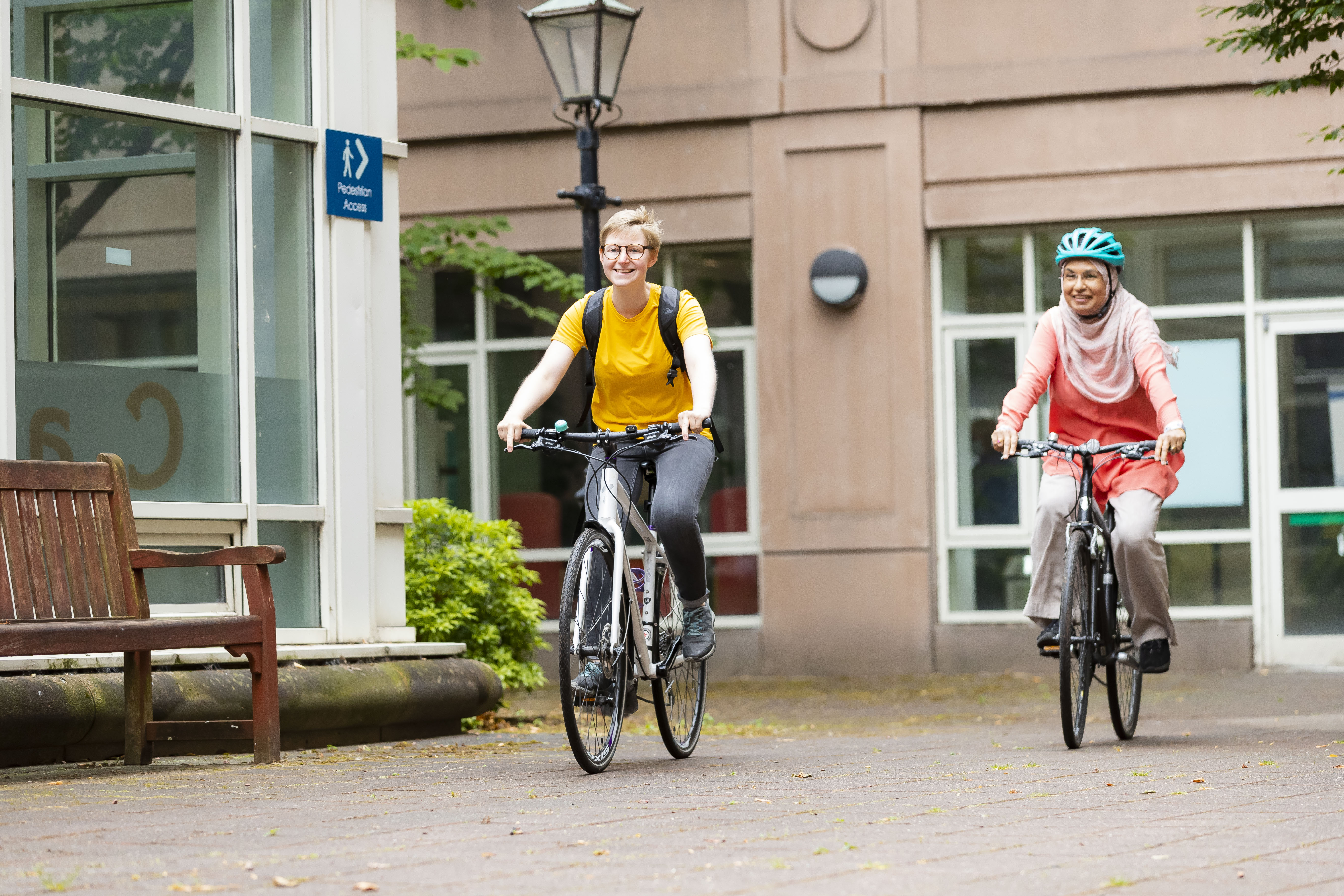 The UK is a very pedestrian- and bicyclist- friendly country, with a good provision of footpaths, cycling lanes and rights of access. Footpaths and pavements give good levels of access across the country, with safe and frequent pedestrian crossing points on major roads. Cycle routes also criss-cross the area.
The UK is a very pedestrian- and bicyclist- friendly country, with a good provision of footpaths, cycling lanes and rights of access. Footpaths and pavements give good levels of access across the country, with safe and frequent pedestrian crossing points on major roads. Cycle routes also criss-cross the area.
In most cases, pedestrians and cyclists have “Right of Way” on roads (meaning that pedestrians and cyclists are given priority), though caution is always advised on busy roads.
When crossing roads, remember to look left, then right and always use a pedestrian crossing if one is available.
Most Map apps have these walking and cycling routes programmed in.
Trains
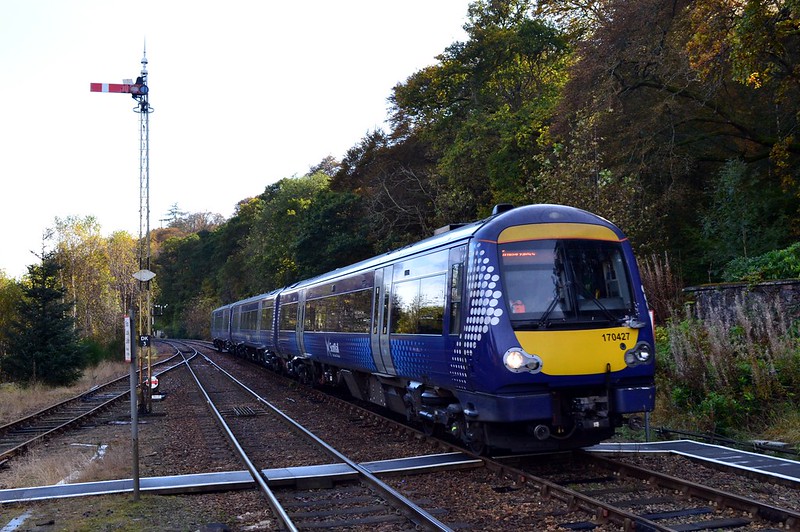 Clydebank and Dalmuir are connected to the rest of the country by train, with the rail network in Scotland linked under a single ticketing system (meaning you can travel great distances, and change trains with a single ticket).
Clydebank and Dalmuir are connected to the rest of the country by train, with the rail network in Scotland linked under a single ticketing system (meaning you can travel great distances, and change trains with a single ticket).
The rail line running through Dalmuir extends East to West. In the West, the line extends either to Balloch (23 minutes away), on the shores of loch Lomond – a stunning natural landmark, or to Helensburgh (24 minutes away), a coastal town at the mouth of the river Clyde. To the East the rail extends first to Glasgow (23 minutes away), where you can change for trains across the country, including Edinburgh, Aberdeen and the Ayrshire coast.
When travelling by train, you must be able to show a ticket, or you may be fined a penalty fare. You can buy tickets at the ticket office or ticket machines in train stations, cash and card will be accepted. It usually works out better value to buy a return ticket if you are planning to return on the same day and it is cheaper to avoid peak travel times. If you are travelling locally you can buy your ticket on the same day but for longer journeys, for example to London, it is usually cheaper to buy in advance.
https://www.nationalrail.co.uk/times_fares/ticket_types/187936.aspx
You can check train times and buy tickets in advance on the National Rail Enquiries website: https://www.nationalrail.co.uk/, or on Traveline https://www.traveline.info/. Be sure to carefully plan your journey.
Scotrail: https://www.scotrail.co.uk/
Buses
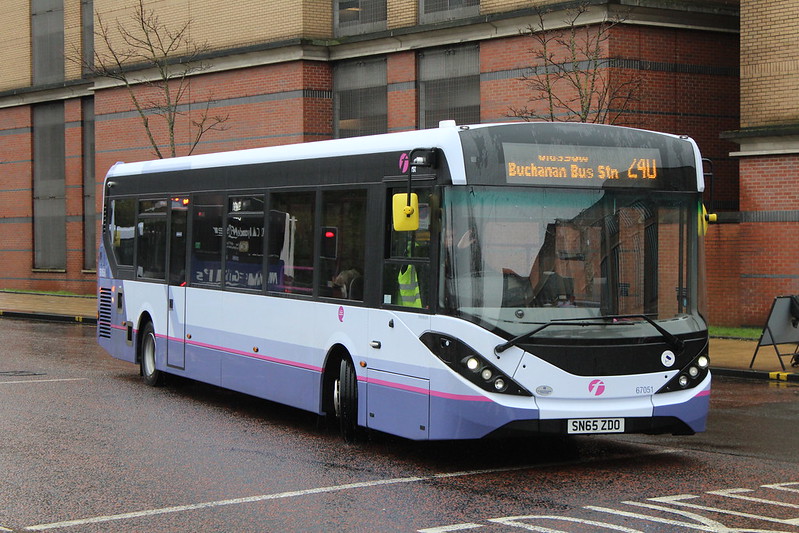 The local area has a frequent and reliable bus service. Buses offer a more flexible travel alternative to trains, offering more frequent stops and travel along more directions. Unlike trains, there is no single bus operator, and your bus journey may require a number of tickets if you need to change buses. If you’re planning a journey with more than one bus service, be sure to account for delays due to traffic.
The local area has a frequent and reliable bus service. Buses offer a more flexible travel alternative to trains, offering more frequent stops and travel along more directions. Unlike trains, there is no single bus operator, and your bus journey may require a number of tickets if you need to change buses. If you’re planning a journey with more than one bus service, be sure to account for delays due to traffic.
Clydebank Bus Station is the nearest hub for buses. From here, you can travel across West Dunbartonshire and into Glasgow.
On most buses, you’ll buy a bus fare as you board the bus. Most buses will accept cash (though you may be asked for exact change only) or contactless card payments. In addition, many bus operators now have a mobile app to check routes, timetables and to pre-purchase tickets. Day tickets usually offer better value than single fares and will allow you to make multiple journeys with the same bus operator on the same day.
You can also plan your journeys and pre-purchase tickets on Traveline: https://www.traveline.info/
Driving
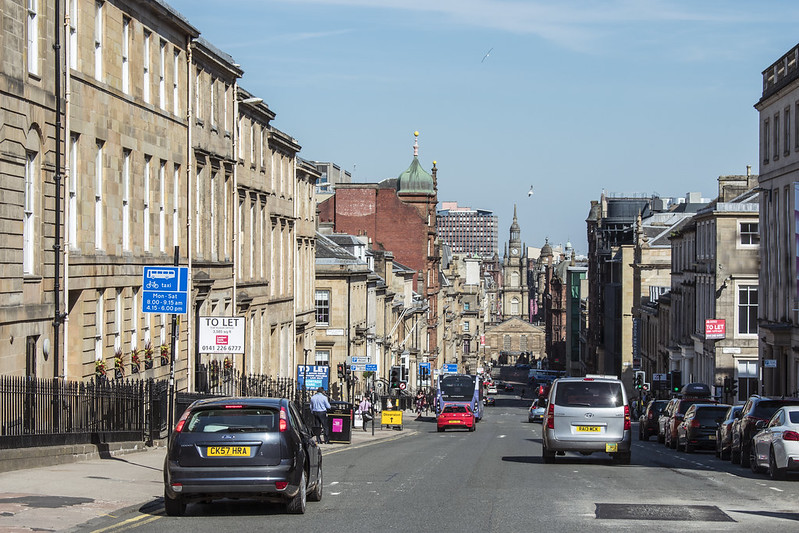 In the UK, we drive on the left hand side of the road and follow a set of rules called the Highway Code. https://framework.roadsafety.scot/info_hub/highway-code/. If you already hold a driving licence you may need to retest to drive in the UK. More information can be found here: https://www.gov.uk/driving-nongb-licence
In the UK, we drive on the left hand side of the road and follow a set of rules called the Highway Code. https://framework.roadsafety.scot/info_hub/highway-code/. If you already hold a driving licence you may need to retest to drive in the UK. More information can be found here: https://www.gov.uk/driving-nongb-licence
If you intend to learn to drive in Scotland, you’ll require a provisional licence before you can book driving lessons. https://www.gov.uk/apply-first-provisional-driving-licence
Taxis
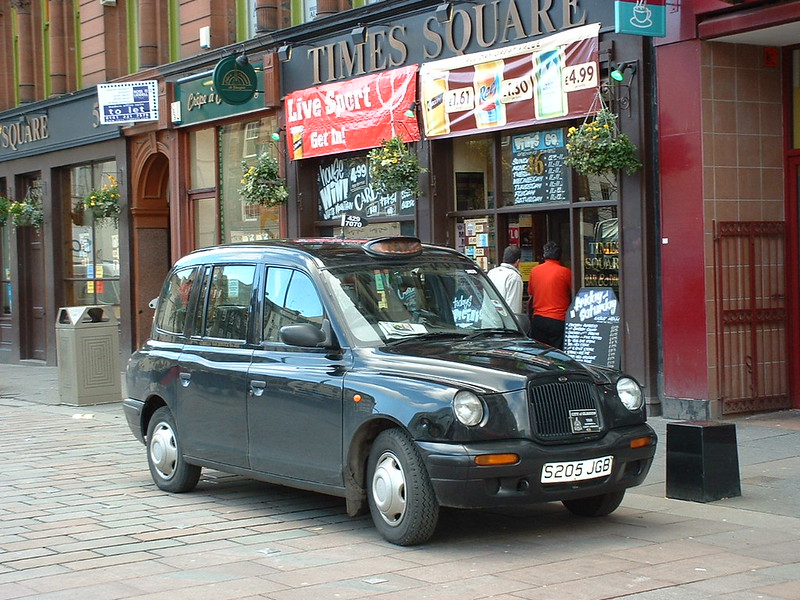 Although they are not the cheapest form of transport, taxis are a useful way to get about if you need to travel during times when public transport isn’t available or are short on time. There are two main types of taxis, private hire and black cabs. Private hire cars need to be pre-booked and you can do this by phone or online.
Although they are not the cheapest form of transport, taxis are a useful way to get about if you need to travel during times when public transport isn’t available or are short on time. There are two main types of taxis, private hire and black cabs. Private hire cars need to be pre-booked and you can do this by phone or online.
Some local taxi companies can be contacted below:
Clydebank Taxis: https://clydebanktaxis.co.uk/
Titan Taxis: http://www.titantaxis.co.uk/
Black cabs are more common in Glasgow city and you can flag them down in the street or go to a taxi rank and wait for one. If the orange ‘taxi’ light is illuminated it means the car is available for hire. Be careful if you are travelling some distance in a taxi as some will have a boundary charge which is an additional cost for travelling outside of a certain area. It’s always best to ask for a price before getting in to the taxi.


